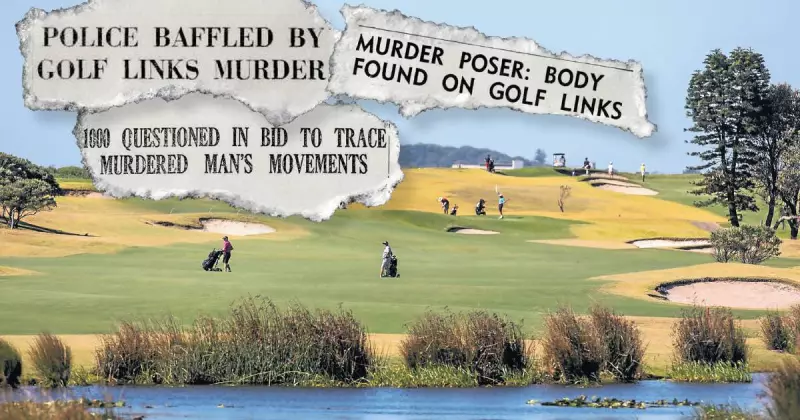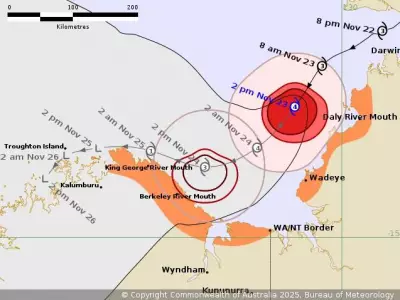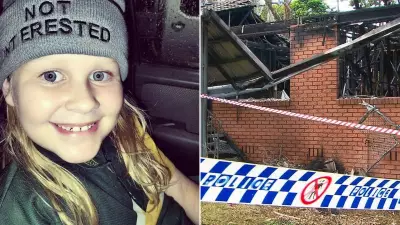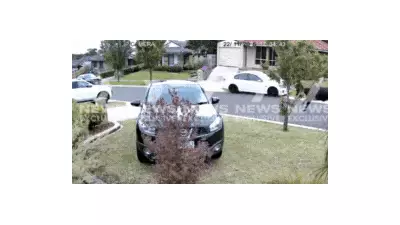
The serene greens of the Wollongong Golf Links became the scene of a brutal and enduring mystery in July 1954, when the half-naked body of a steelworker was discovered, launching a major police investigation that would never find its culprit.
A Gruesome Discovery on the Green
On the afternoon of July 25, 1954, Alf Blake was taking brothers Barry and John Guerin to the beach, using the golf course as a convenient shortcut. The boys' beach trip turned into a grim discovery when they climbed a sandhill and looked back. They rushed to Blake with alarming news: a man was lying on the course with no clothes on.
Blake followed the children to the 17th tee, where, behind a windbreak, he found the body. Initially thinking the still figure was a drunk sleeping it off, Blake grew concerned by the man's absolute lack of movement. A closer look revealed the horrifying truth: massive head wounds. This was no accident; it was murder.
The victim was naked from the waist down, his trousers and underpants discarded two metres away. Nearby, police found the likely murder weapon: a large piece of wood with nails driven through it.
Identifying Charlie the Greek
With no identification on the body, police initially speculated he was a sailor due to a coat with a New York tailor's label. Other clothing items were embroidered with the letter 'K'. Their first leads at Port Kembla's ships went nowhere.
The breakthrough came at Wollongong's Acropolis Club on Crown Street. There, owner Harry Peters and other patrons identified the man as 52-year-old Charles Liolios, a Port Kembla steelworker known to all as Charlie the Greek.
Originally from Crete, Liolios had arrived in Australia just two years prior, leaving behind his wife and children with plans to bring them over. He was a quiet, reserved man who lived in a Station Street boarding house and spoke very little English. The 'K' on his clothing stood for his real first name, Kyriakos, which he had anglicised upon his arrival.
The Hunt for the Almond-Eyed Man
The murder investigation, led by detectives from the Sydney Criminal Investigation Branch who were already in town probing thallium poisonings, quickly hit dead ends. Strong winds on the night of the murder had reshaped the sand dunes, erasing any potential footprints or evidence.
Police theorised the killing could have been a crime of passion, a robbery staged to look like a sex crime, or the work of a "sex pervert". They questioned over 1000 people to trace Liolios's final movements, learning he had visited several hotels on that Friday night, reportedly looking for a female acquaintance.
With leads drying up, a promising clue emerged. Witnesses reported seeing Liolios in the company of a distinctive man shortly before his death. This person was described as having almond eyes, a thin face, a pointed chin, bleached hair, and a mincing gait. The pair were last seen walking past the roller skating rink towards the golf links around 8:15 PM.
Despite a nationwide search, the man with the almond eyes was never found. In a desperate move, police even suggested, without evidence, that Liolios's killer might be responsible for two other local crimes—the murder of a Port Kembla nightwatchman and a Warrawong shop holdup—but these theories led nowhere.
In a tragic postscript, on the very day his body was found, Liolios's niece was married in Sydney. The family celebrated the joyous occasion completely unaware of the horror that had befallen Charlie the Greek.
To this day, the murder of Charles Liolios remains one of Wollongong's most haunting unsolved cold cases.





